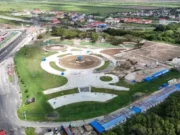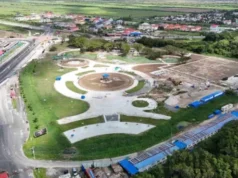One of the advantages of visiting the Deep South Rupununi in Region Nine is that you can not only encounter, but also experience and explore the beautiful village of Maruranau. Home to around 840 Amerindian residents, this Wapichan community is led by Toshao, Daniel Aguilar and the Maruranau Village Council. For those unaware, Maruranau Village was established in the late 19th century at a previous site before residents decided to relocate to its current location.
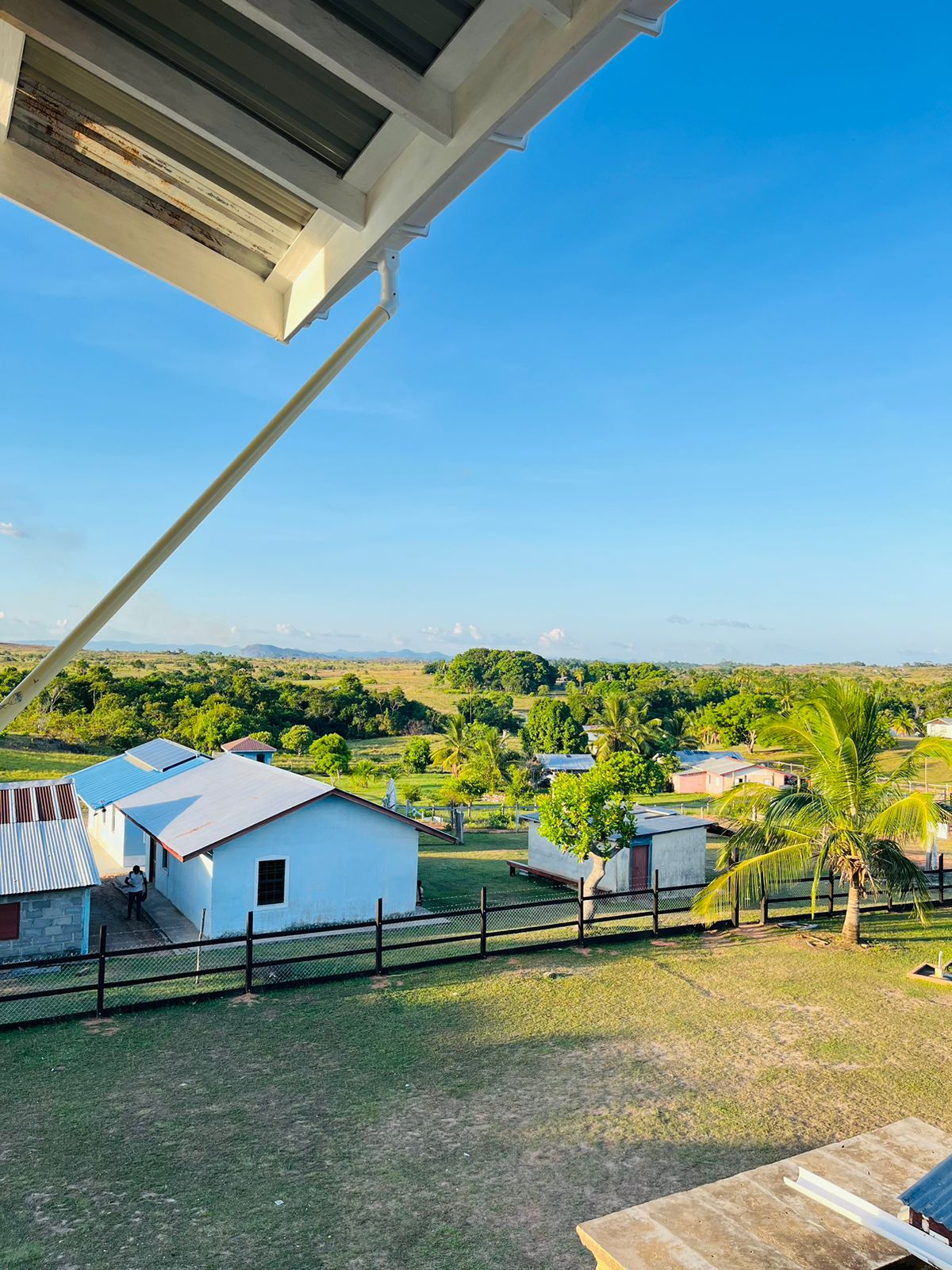
Located approximately 100 miles from Lethem and bordered by villages such as Awarewaunau and Shea, the name Maruranau (Maroro-naawa) derives from the giant armadillo (maroro in the Wapichan language), which was once discovered in the area years ago. It should be noted that the majority of the residents in Maruranau speak fluently in their Wapichan language, with English being a second language.
This scenic indigenous community, known for preserving its rich Wapichan culture, boasts its own nursery and primary schools, a new secondary department building, a health center, a women’s group building, an internet hub, and a village office, to name just a few.
The village will soon welcome a secondary school for the first time, following years of collaborative effort and lobbying from village officials and government leaders in the region. Not only will this school help achieve the goal of universal secondary education in the country, but it will also eliminate the many struggles children face attending the Aishalton Secondary School, which is approximately 40 miles away.
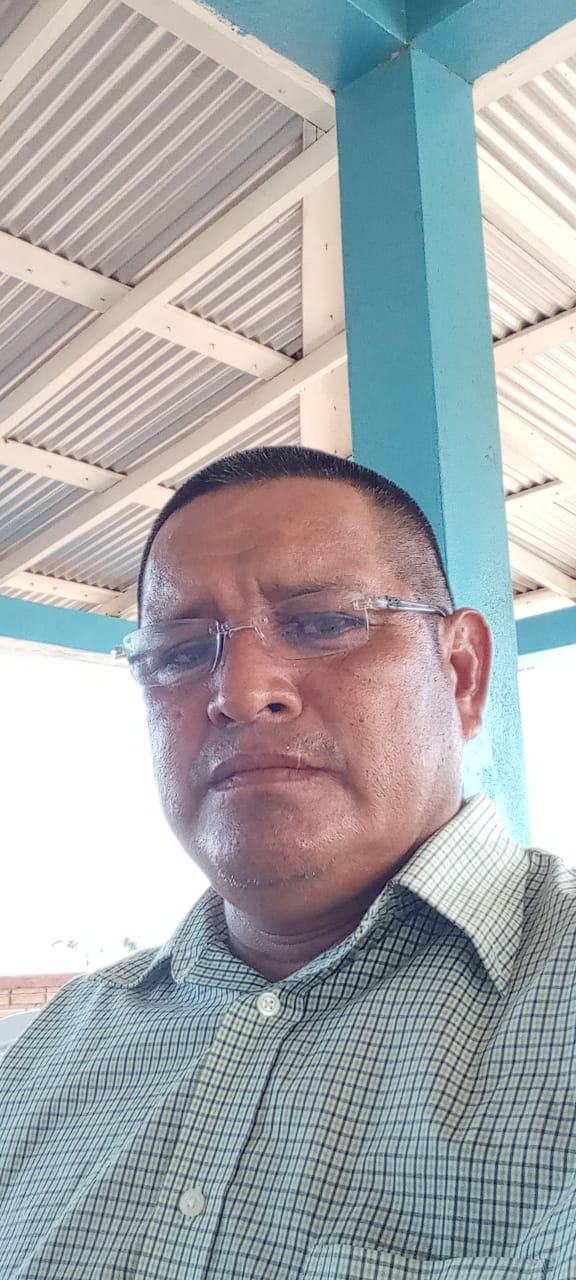
In an exclusive interview with the Guyana Standard, Toshao Aguilar described the people of Maruranau as not only hospitable but also hardworking. Life in Maruranau, he noted, is quite simple, with the main source of income for the villagers being farming crops and rearing animals. Surrounded by lush vegetation, residents depend on the forest for everyday living, especially for food. “We enjoy eating organic food, and our main staples are cassava bread and farine with fresh boiled cassava juice with either fish or meat,” he shared.
Known for being deeply rooted in their indigenous Wapichan culture, the Maruranau Nursery School in 2018 became the pilot school to implement the Quality Bilingual Education Programme, which now extends to Grades One and Two in their primary school. This programme also saw Deep South villages such as Karaudarnau and Sawariwau integrating it into their school systems.
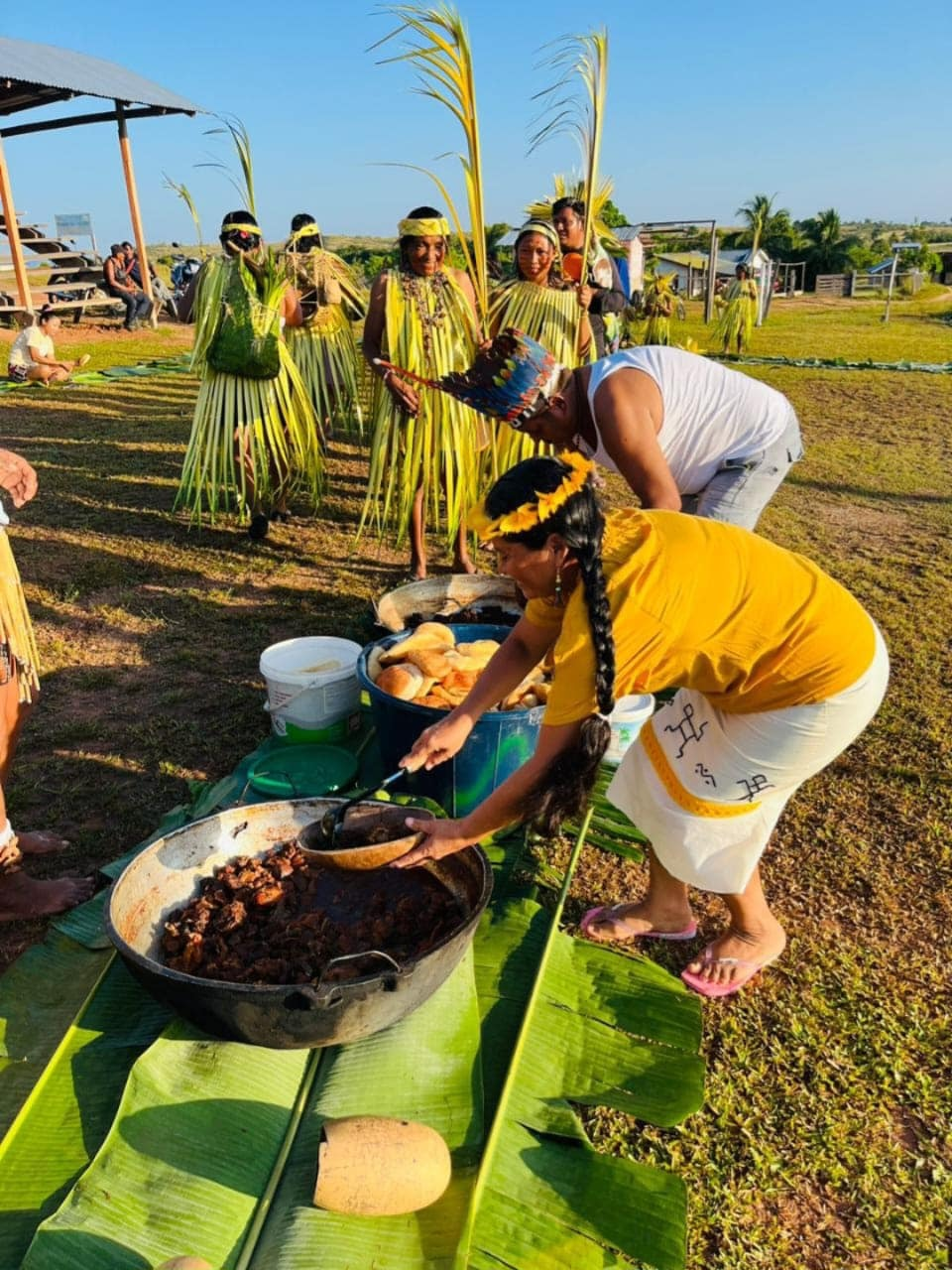
The Guyana Standard was informed that the reason for this programme is that learners there have difficulties with the national curriculum developed in English since they are all versed and tend to express themselves better in the Wapichan language. Learning materials, as well as Wapichan classes, are also developed and offered in the community following the implementation of the program.
Having preserved their native language for years, making them unique from other villages, this publication was told that this contributes to upholding Wapichan pride in Maruranau, as well as traditions and customs which have since willingly been passed down from the senior folks to the younger generations.
Apart from that, the village is known for conserving its cultural heritage like the “Parachara dance” and speaking the Taruma language, which a few residents are known for. Notably, up to this day and age, they continue to protect cultural heritage sites known as prohibited areas based on traditional beliefs.
While Maruranau is known for all these things, Toshao Aguilar mentioned that they are currently embarking on new initiatives and projects to continue the growth and development of the village. According to him, having received an allocation under the Low Carbon Development Strategy 2030 earlier this year, some of their projects involve creating a revolving fund to support fellow villagers on their livelihood projects. He mentioned that they will construct a hot meal kitchen for the nursery school, build a child-friendly park in the community, and work on developing trails leading to rivers in the forest that will open the door for tourism.
Speaking of developing a tourism product, the Toshao explained, “We have an ongoing project with SRCS (South Rupununi Conservation Society) to study the way of life of these animals and develop a wildlife management plan for the community and to develop a package for tourism.”
With these projects set to come onboard shortly, Aguilar encourages anyone to come and visit Maruranau, as there is so much to learn and explore.


